With stats claiming to include the biggest grain tank on the market, at 17,100 litres, the fastest unloading rate, at 210 litres/sec, and the largest threshing area, calculated as 31% bigger than anything else, AGCO’s Ideal combine range, which will be available under both Massey Ferguson and Fendt branding. It is thought to be one of the firm’s biggest investments in product development, at $200m (€166m).
Consisting of three models, the Ideal combine line is made for Europe in Breganze, Italy and in a first for the company has been designed to carry neutral graphite colours, with badging according to dealer and customer preference.
With internals that represent a significant departure for AGCO’s European combine design, there is no drum and concave up front. Instead, a beater/feed rotor transfers material straight to the leading impeller element of a 4.8m-long rotor – or a pair of them on the two larger machines. Each 600mm-diameter reversible rotor features a series of rasp bar sections for threshing, followed by Dual Helix fingers for separation.
AGCO claims a 20% to 50% power and fuel saving over existing systems, and there are only 13 belts on the machine, with no belt-driven pumps.
Beneath the front of the threshing unit is a pair of longitudinal grain pans, which split the crop for even loading. They are claimed to reduce losses on gradients of up to 15%. Airflow is supplied by a patented ‘‘Ciclone’’ cleaning system.
Acoustic mass sensors fitted along the rotors and the shaker shoe are used to detect crop flow and loss levels. In combination with a grain quality camera, this allows grain losses, percentage of cracked grain and grain purity to be displayed on an in-cab screen.
For further finetuning of the combine settings, an iPad app, SmartConnect, can be used to select a customised harvest strategy, whether the chosen focus is on increasing sample cleanliness or reducing cracked grains or losses. Once the desired ratio between those three parameters is chosen, the machine then automatically and continuously adjusts settings accordingly, reacting as harvest conditions change.
Holding 17,100 litres on the largest model, AGCO claims the Ideal 9’s grain tank is the largest currently available, by a margin of 18%. Discharge rate is 210 litres/sec, said to be 32% faster than the nearest competitor. ScrollSwing control allows the unloading auger to be moved backwards and forwards during unloading using the wheel on the multi-function joystick. The discharge rate can also be hydraulically adjusted.
Engines
Engines range from a 451hp AGCO Power (formerly Sisu) unit in the smallest model, the Ideal 7, through to MAN 538hp and 647hp engines in the two larger combines, the Ideal 8 and Ideal 9. Drive to the front is through either tyres or suspended tracks, and on either 800 front tyres or 660mm tracks (wider units are available) overall transport width is 3.3m. The top speed on either of the two front-drive arrangements is 40km/hr (25mph).
Cutterbar options include either standard or Powerflow versions in widths up to 12.2m – a 15m version is said to be on the drawing board – and AGCO has developed an in-cab coupling system that automatically engages all mechanical, hydraulic and electrical connections.
The AutoDock system is said to make header coupling a five-second process, and works alongside an Ag Tag with RFID code, which allows the combine to automatically recognise the header and retrieve the last header settings used on the in-cab terminal. The cab itself is based on the unit first seen on AGCO’s D-series RoGator self-propelled sprayers.
ParaLevel versions of the machines will also be available for farmers and contractors working on sloping land. At the rear, chopper options include systems with either 56 knives set over four rows or 126 knives arranged over eight rows.
“The Ideal range results from a global ‘Voice of the Customer’ study, the findings from which prompted our R&D team to start from a blank sheet of paper,” said Martin Richenhagen, AGCO’s president, chair and CEO, at the Ideal launch at AGCO’s Breganze factory.
“Ideal is part of our global platform strategy, which aims to support synergies across different regions, in order to save costs and optimise supply chain management, in a similar development to the Global Series tractors offered through our Massey Ferguson brand.”
Eric Hansotia, AGCO’s senior vice-president for global crop cycle – or harvesting products – said almost 50 combine prototypes had been built and tested during the course of the Ideal’s development.
“That involved concepts trialled in our engineering labs, as well as machines tested out in the field around the globe in varying environments. While we will sell the Ideal in Challenger, Massey Ferguson and Fendt branding worldwide, and produce it in our factories in Canoas, Brazil and Hesston, US, as well as Breganze, Italy, for Europe, we will focus on Massey Ferguson and Fendt models made in Breganze.”
Pricing will be confirmed closer to the combine’s availability across Europe. Limited units will be available in 2018 with full roll-out expected in 2019.
The new combines will make their full European public debut at Agritechnica in Hanover, Germany, from 12 to 18 November, and AGCO says orders can be made for delivery in time for harvest 2018. An expanded line of farm equipment is now available through both Massey Ferguson and Fendt lines, with Fendt dealers also having available to them the trailed and self-propelled sprayers formerly sold under the Challenger brand, and the former Challenger MobilTrac crawler lines, new versions of which are also expected at Agritechnica, alongside new Lely-based Fendt round balers and forage wagons.

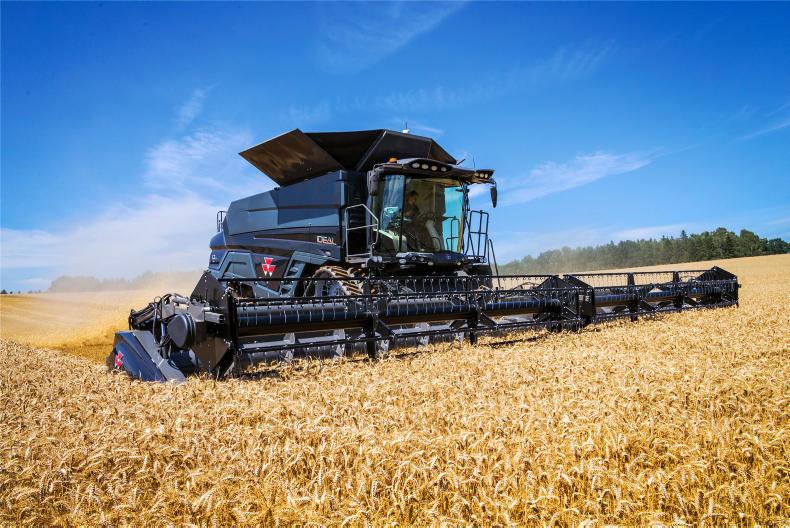




 This is a subscriber-only article
This is a subscriber-only article






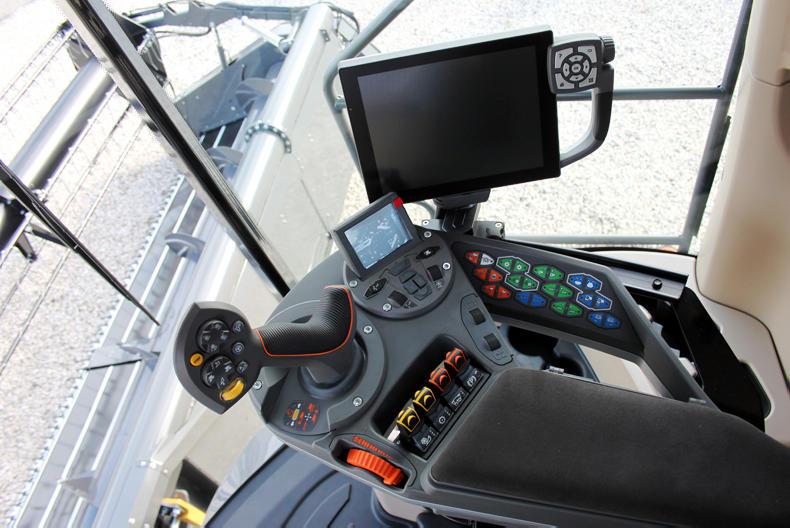

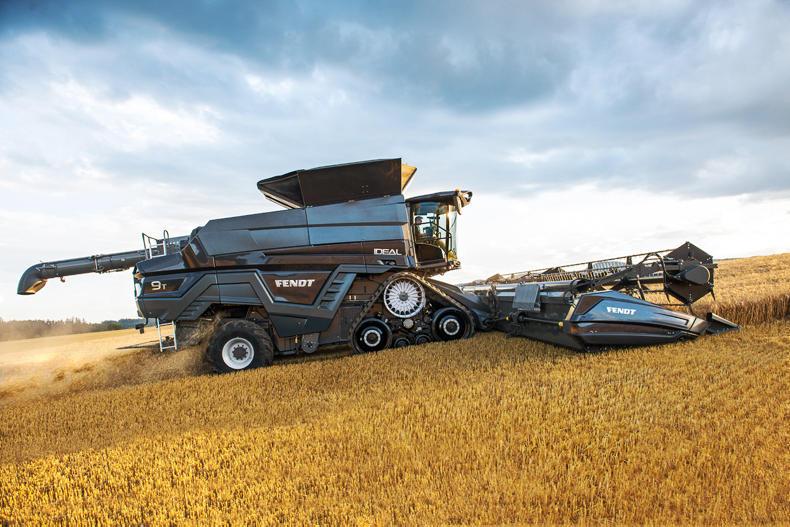
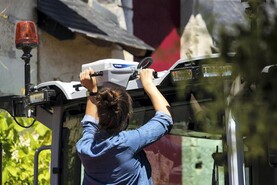
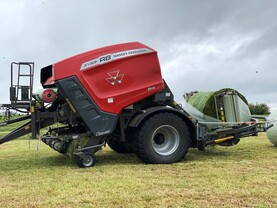
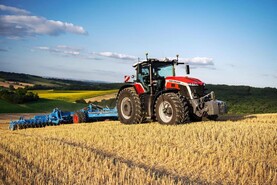
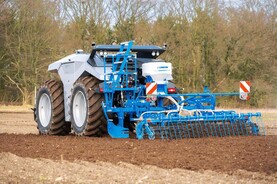
SHARING OPTIONS: